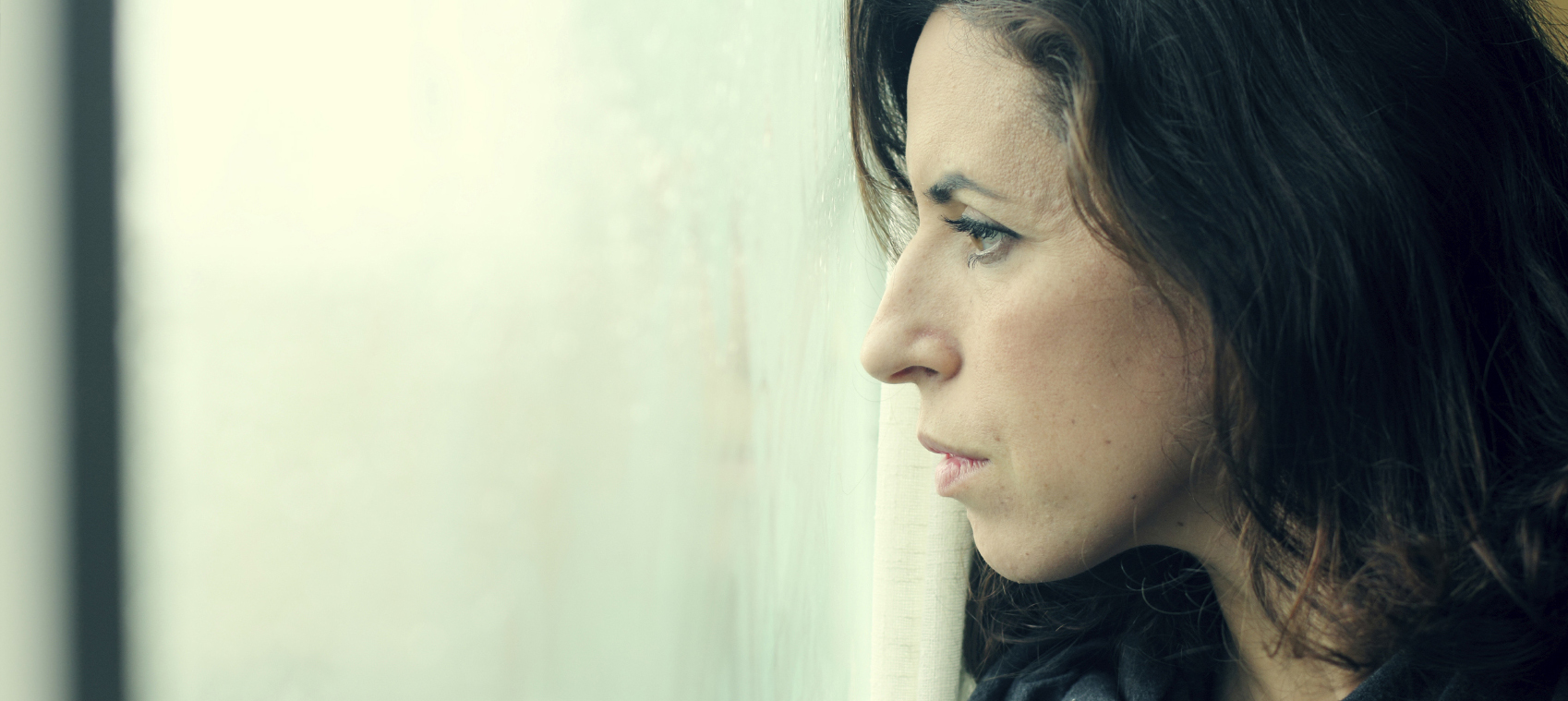Beat Seasonal Affective Disorder (SAD) With These Three Tips

If you live in an area that experiences seasonality, you may find your productivity during the colder months is hindered by sluggishness, difficulty concentrating and a feeling of irritability. If so, then you may have Seasonal Affective Disorder (SAD). Approximately 10 million Americans suffer from SAD, with another 14 percent are impacted by a milder form called “winter blues.”
What is Seasonal Affective Disorder/SAD?
SAD is a type of depression that has a recurring seasonal pattern. Researchers claim SAD is the strongest in January and February, when daylight hours are shortest. To be diagnosed with SAD, a person must experience depression coinciding with seasonal changes for at least 2 years. They must also suffer seasonal depression more frequently than any non-seasonal form of the same illness.
SAD is brought on by a lack of sunlight. When sunlight enters the eyes it affects neurotransmitters serotonin and dopamine, also known as “feel-good hormones.” Without light, these hormones decrease. Though homes may accentuate natural lighting, traditional workspaces such as office buildings are designed to limit fluctuations in visibility. Windows may be coated to prevent sunlight from fully penetrating, thus meaning your light intake is minimal.
Though it sounds dreary, there is some good news. Minor lifestyle adjustments may help improve your condition. Take a look at our three top tips to coping with winter depression.
#1. Lighten your life. SAD sufferers need to take advantage of as much natural light as possible. Even a 10 minute walk outdoors can have a positive effect on countering SAD. However, because light can fluctuate in the winter, you may need to supplement your intake with a light box. Full spectrum lightbulbs and regular lights are not sufficient, as they don’t produce enough light to be impactful. The preferred solution is 30 minutes a day with a light box of sufficient size to flood the face and eyes and stimulate the retinas, which trigger the hormonal responses in your brain. To learn more about light box therapy, visit the Mayo Clinic information page.
#2. Eat feel good foods. When temperatures plummet and the sky is gray, you may find you’re craving more and more carbs. This is your body demanding more of its “feel good” chemicals. Carbohydrates promote the production of serotonin. However, keep in mind that not all carbs are created equal. Sweets and simple carbohydrates like pasta and white bread cause blood sugar to rise quickly. The suddent drop you experience later, called a “sugar crash,” is not good when you’re already fighting the blues. Experts recommend concentrating on complex carbohydrates instead. For more advice on what to eat when you’re feeling the seasonal blues, check out these food tips on Healthline.com.
#3. Move your body. Exercise aids in stimulating neurotransmitters to fire in the brain. It also helps reduce stress, which often contributes to a low mood. Aerobic exercise such as dancing, running, or skiing can be beneficial even in moderate amounts.
A Word From Aftermath
Is a traumatic situation contributing to your worries this season? If you’ve experienced a tragedy in your home, let our professionals assist with cleanup. Call us 24/7 at 877-697-0348. Biohazard cleanup services are available nationwide.
 877-872-4339
877-872-4339  Contact Us
Contact Us 






